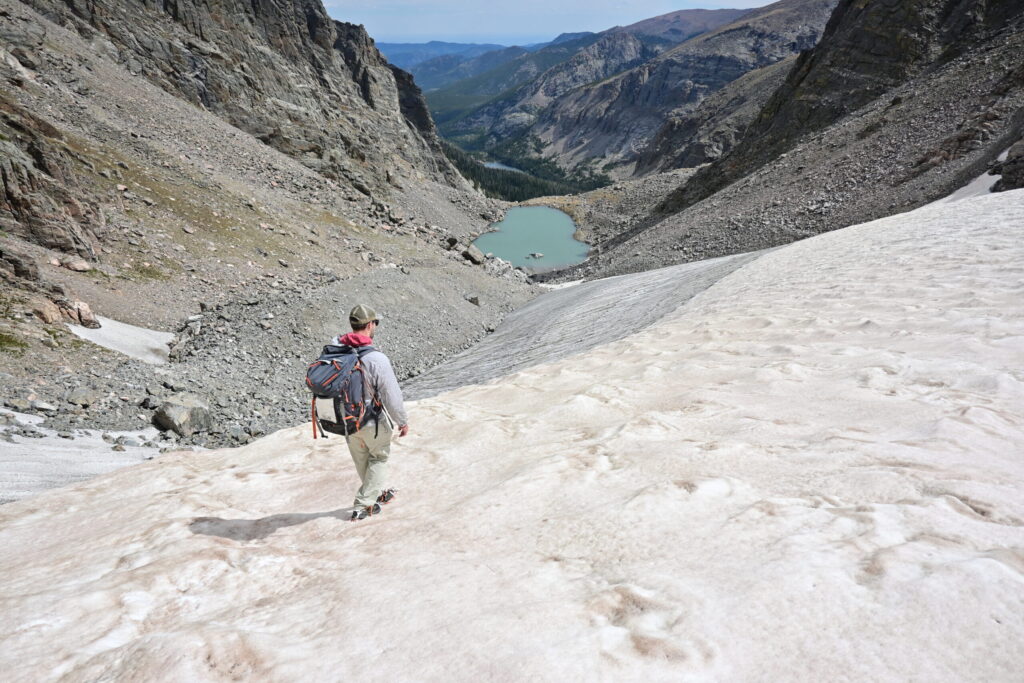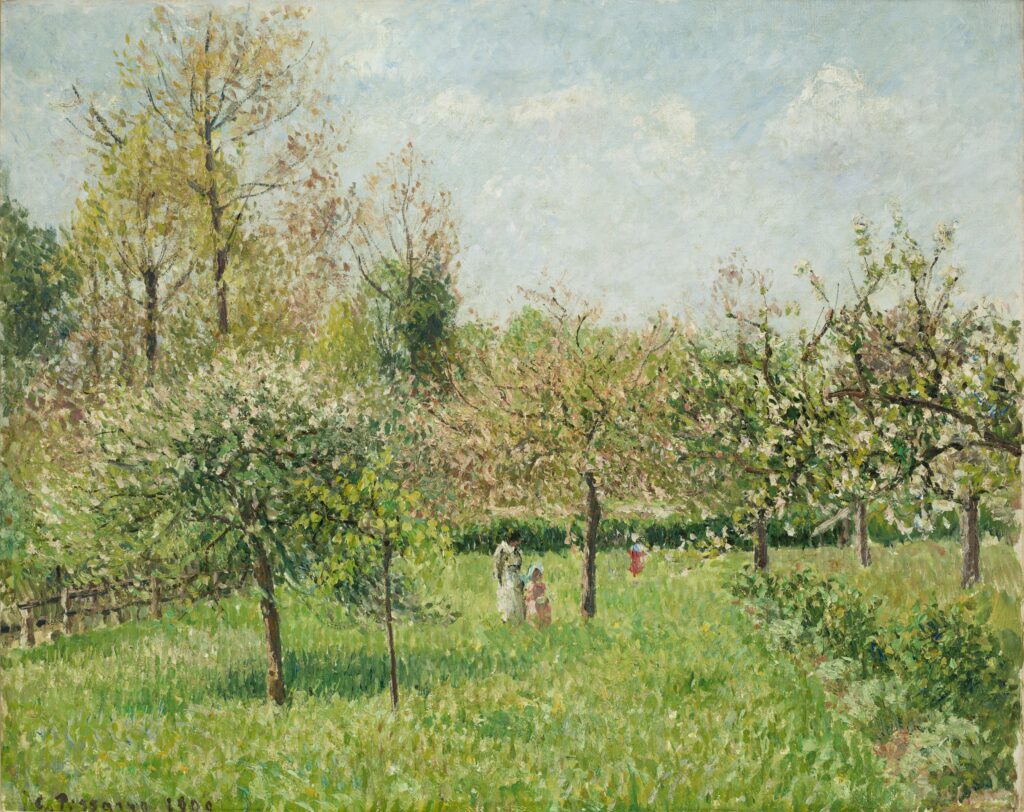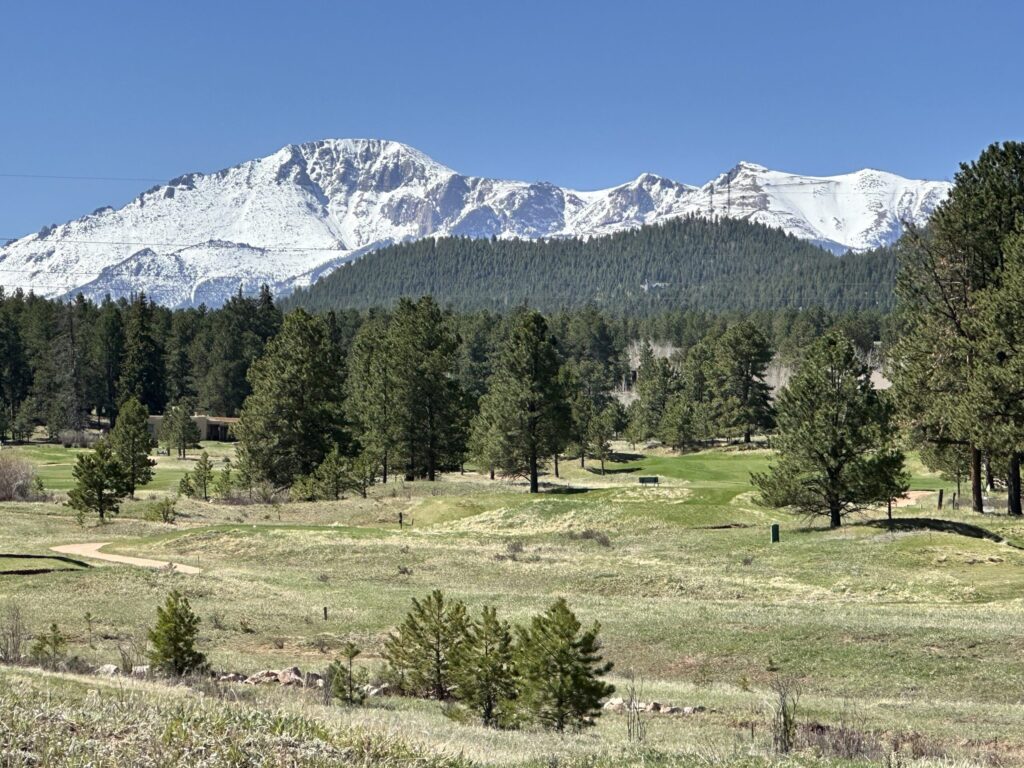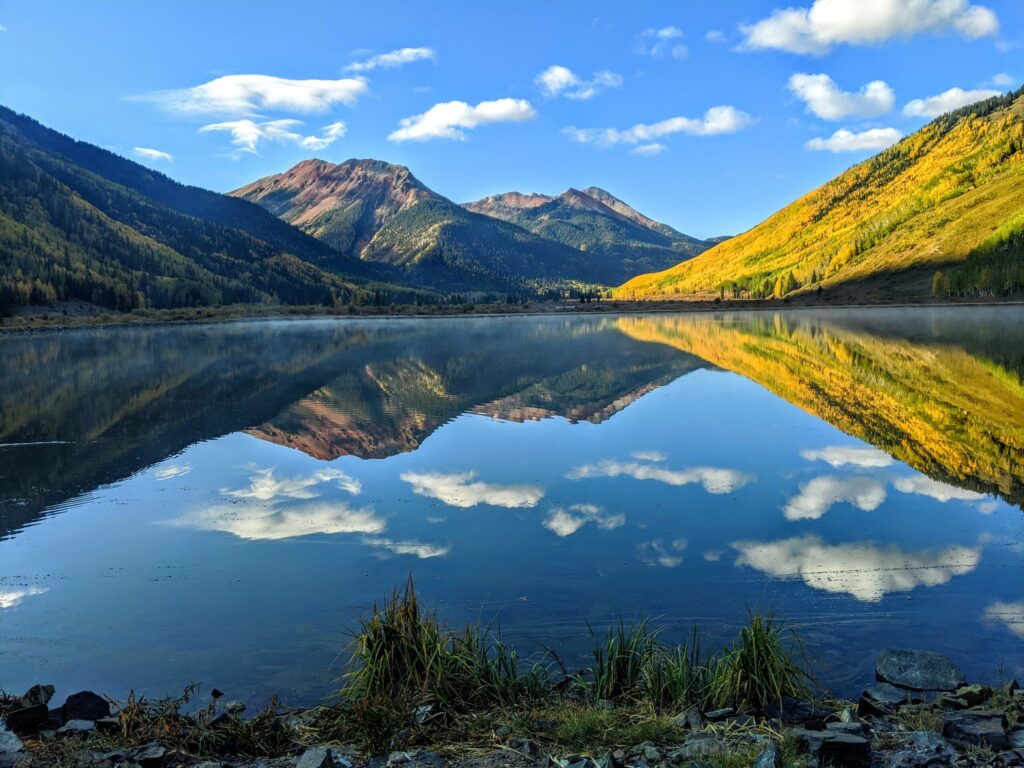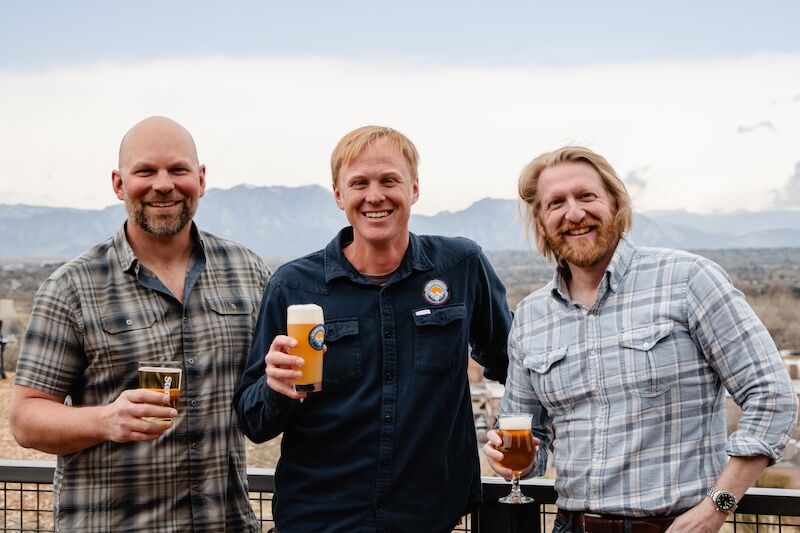A frozen palace rose in Colorado’s mountains nearly 130 years ago
By now in Colorado, we know of the Ice Castles. The frozen attraction has once again opened to great fanfare in Cripple Creek, just as the Utah-based company has debuted another colorful complex of towers, arches and tunnels in Eagle.
Lest we forget, a more grand castle of ice rose in this state 128 years ago.
It was not called a castle then, but rather a palace.
Wrote historian Edward Blair many decades later: “As far as existing records show, the Leadville Ice Palace was the largest ice structure ever constructed in North America, possibly the world.”
This is the tale of the Ice Palace’s brief, glorious life — brief indeed and yet far from forgotten in one small, remote town high in the Rockies.
“For me, it’s another tale of our resiliency,” says Aj Brokaw, local history and cataloguing coordinator at the Lake County Public Library in Leadville. “It’s another stepping stone in the way Leadville has tried to keep itself going.”
The Ice Palace was a big, bold step in 1896.
Remarked one newspaper of the day: “The World moves, Leadville takes a leap.”

Exterior view of the Eighth Street facade of Leadville’s Ice Palace, which was built for the 1896 Winter Crystal Carnival. The site is known as Capitol Hill and is between West Seventh and West Eighth Streets from Spruce to Leiter. Architect C.E. Joy and Director General Wood designed the 320-by-450-foot Norman style medieval ice castle, which was constructed of 22 deep ice blocks cut from local lakes and rivers. Denver Public Library Special Collections, X-253
The Ice Palace was said to measure 450 feet long and 320 feet wide, significantly larger than a football field. Towers were noted up to 90 feet flanking the main entrance, which led straight to a huge skating rink. On either side were dining rooms and ballrooms for dancing.
The band’s music from a balcony supposedly carried throughout the space, through the multicolored beams of light, which streamed down from the roof that was “like a bed of sparkling diamonds,” reads a history by Marian (Poppy) Smith.
Another account calls the Ice Palace “a Colossus in the Colorado Rockies,” complete with various exhibits and sculptures. One sculpture was Lady Leadville, stationed out front, pointing to the hills responsible for the town’s former wealth.
Leadville “wasn’t a town to be satisfied with doing things halfway,” Smith wrote. “Whether it was mining or dining, working or drinking, it tackled the business at hand with lusty frontier vigor.”
So it was with the Ice Palace. The acclaim was near and far upon the opening around the turn of the new year.

Exterior front view of Leadville’s Ice Palace. Features include octagonal turrets, 90 feet high, with panelling and imitation battlements. A 19-foot tall allegorical ice sculpture of a maiden pointing her right arm toward the mines east of town sits on a 12-foot high pedestal at the main entrance. Denver Public Library Special Collections, X-246
The opening followed a parade of a cowboy band, uniformed officers and costumed dignitaries. The streets were “lined with hundreds of eager-faced children and adults,” Blair wrote in his book, “Palace of Ice.”
Wrote a reporter in the local Herald Democrat: “It was the people in its mightiest and most stupendous capacity rising as one man to attest his loyalty to the public enterprise that has nowhere had its equal in modern history.”
The months had seen local entrepreneurs organize construction, handymen cut blocks of ice from lakes and rivers, and townspeople pitch in whatever few dollars they had.
These were exciting months in an era that had been anything but.
“Things were really rough around Leadville,” Brokaw says.
The town had boomed in the 1860s after gold was discovered and boomed again after the silver discovery of 1877. Tens of thousands of people flocked to the mines, including Horace Tabor, the magnate who would be considered the richest man in one of America’s richest cities.
But the Sherman Silver Purchase Act’s repeal in 1893 would deplete Tabor’s fortunes — and bring Leadville to its knees.
This was the gloomy setting in which that glorious palace rose, the backdrop of a tale enticing Colorado historians like Jan MacKell Collins.

This exterior view of the main entrance of Leadville’s Ice Palace, built for the 1896 Winter Crystal Carnival, gives a view of the 19-foot tall allegorical ice sculpture of a maiden in a gown and crown, with her right arm pointing toward the mines east of town. She stands on a 12-foot high pedestal and holds a scroll with a gold “$200,000,000,” which represents mining revenue produced through 1894. Denver Public Library Special Collections, X-6350
“For me, it’s the dream these folks had of creating something unique and beautiful in a time when life was rather dreary,” she says. “People needed hope.”
Along came a real estate man named Edwin Senior. He is credited with the idea of a tourist attraction that would spark the local economy.
It seems Senior was inspired by ice palaces built in Canada and Minnesota in the 1890s. He wanted one bigger, clearly “not afraid to dream big,” Collins says.
But perhaps not big enough. Senior fell out of favor among fellow organizers as funds were slow to build.
“His backers were enthusiastic talkers and had accomplished a great deal,” Blair wrote, “but without the town’s bankers and big mine and smelter men, the Ice Palace remained a dream.”
Tingley Wood had such connections, himself a mining executive. He was picked by popular demand to take over the effort, no matter his intimidating stipulation that $20,000 be raised.
Accounts recall a meeting between well-to-do men, including the husband of famed socialite Molly Brown. James Brown is popularly quoted from the meeting: “Gentlemen, it is useless to talk longer until we see some money in sight. I subscribe $500.”
Funds reportedly came fast. “Wood lost no time in the driver’s seat,” Blair wrote. “He wired C.E. Joy, the architect, to come immediately.”

View of rooms with voussoir arch doors and windows at the Ice Palace, built for the Winter Crystal Carnival, in Leadville (Lake County), Colorado. Shows an entrance with stairs. Denver Public Library Special Collections, Z-15588
Joy was the brains behind Minnesota’s ice palace. Leadville’s would indeed be bigger — true to the big thinking that would be matched by physical willpower.
A local wood and steel specialist “worked like a beaver” while others got busy cutting blocks of ice that were pulled by four-horse teams. Around Leadville and beyond to Palmer Lake, “the ice blocks were cut and hewn by stone cutters, but it was found they worked too slowly,” Blair wrote, “so a group of Canadian wood choppers were called in.”
The newspapers told of 250 to 350 men taking fewer than 40 days to stack up 5,000 tons of ice. It was stacked and sprayed with water that acted as mortar. “I wore two coats most of the time,” one worker said.
But sunny days and chinook winds hampered hopes of opening by Christmas. To keep the icy monolith from melting, men rushed to cover it with canvas.
They marked victory with a parade — “a transformation scene,” Blair wrote. “Leadville, for once, abandoned its strain and stress and struggle.”

Street scene of people dressed in winter coats and hats at a parade for the Ice Palace opening in Leadville. People are on horses or burros, in wagons or beside commercial businesses. Signs read: “Eye, Ear, Nose & Throat,” “Daly & Old Insurance,” “Assayer and Chemist,” and “Sam Erlich, Tailor.”
The pictures amaze historians today. Brokaw, for one, struggles to imagine the structure being replicated even with our technological advances nearly 130 years later. “It was just amazing,” she says.
It was the centerpiece of the Crystal Carnival that drew Denverites by train to dances, fireworks, ice skating and hockey competitions, toboggan runs and all the “merriment” of “King Pleasure” promised by the town’s official invitation.
But sure enough, the Ice Palace followed Leadville’s boom-and-bust cycle. For one, “it cost much more to operate than the promoters thought it would be,” Collins says.
It’s unclear how many tickets were sold, but apparently it wasn’t enough to thrill investors. Local shopkeepers also weren’t seeing desired returns, Collins says. “And then in March they had a warm spell.”
The palace was melting.
“It will soon live but a memory as in a child’s fairy tale,” read the local paper.
It’s a tale to remember, Brokaw says — a tale of resilience that also foretold Leadville’s tourism future.
“Very early on, it was very much a mining town,” Brokaw says. “It’s only when mining took a dive that they started looking for other ways to stay viable. That’s where the Ice Palace came in.”
All these years later, it still comes to mind. And perhaps it’s no wonder, Brokaw says.
“It’s just something that constantly catches the imagination,” she says. “Just simply because, who wouldn’t want to see a big castle?”











